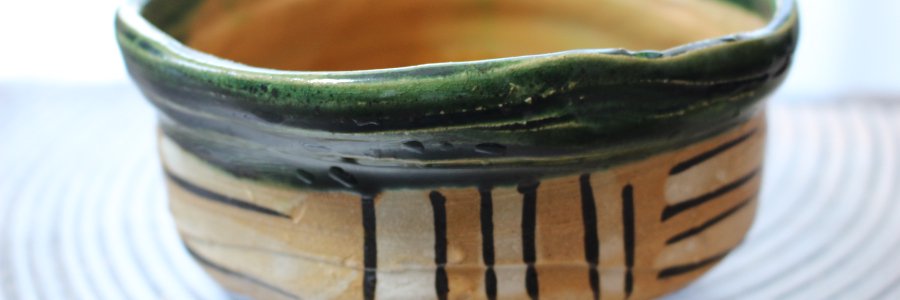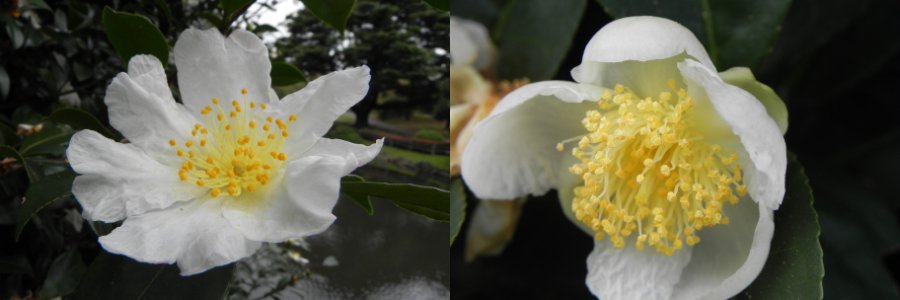Furuta Oribe, the 16th-century tea master, took to heart his mentor Sen no Rikyū’s teaching: “Do what others do not do.” Bold and free-spirited, Oribe brought a fresh sense of beauty to the world of tea, reshaping its aesthetics with originality.
His signature pottery, Oribe ware, features deep greens and blacks in striking, asymmetrical forms―a style that remains modern even today.
Oribe earned the nickname “Hyōgemono” (eccentric one), a term of praise first recorded in the 16th-century Sōtan Nikki, which described his unique sensibility and rebellious spirit.
This fragrance evokes that very sense of refined individuality.
It opens with a clean, slightly bitter green tea accord―the soft fizz of matcha foam rising gently on the air.
As the sharp clarity settles, a warm, powdery sweetness gradually unfolds, leaving a soothing, elegant trail.
A fragrance unlike any other―playful yet composed―bearing the essence of Oribe’s creative spirit.
Named Hyōge in tribute to his singular style, this is a share-fragrance designed for both men and women.
| Type | Green Citrus |
|---|---|
| Top Notes | green leaves, clarysage |
| Middle Notes | jasmin, violet, patchouli |
| Last Notes | woody note, iris("nioi-ayame") |

Furuta Oribe was a tea master of the 16th century who boldly reinterpreted the aesthetic ideals of his time.
Following Sen no Rikyū’s directive to “stand apart from the rest,” he cultivated a new vision of beauty grounded in individuality, asymmetry, and spontaneity.
His creations―including the famous Oribe ware in bold green and black―were so unconventional that he was affectionately called a Hyōgemono (a whimsical or eccentric person).
As early as the 16th century, this was recorded in the Sōtan Nikki: “A Seto tea bowl―quite the Hyōgemono.”
Author Ryōtarō Shiba once wrote, “Furuta Oribe may well have been the first person in the history of design to embody what we now call the avant-garde spirit.”

The tea plant (Camellia sinensis) belongs to the same botanical family as the camellia and sasanqua.
Sasanqua flowers bloom in late autumn, camellias in spring―and tea flowers appear in December.
Delicate and white, like miniature camellias, tea flowers have a fresh, lightly floral scent, reminiscent of sasanqua and subtly similar to the radiant aroma of hedione.
